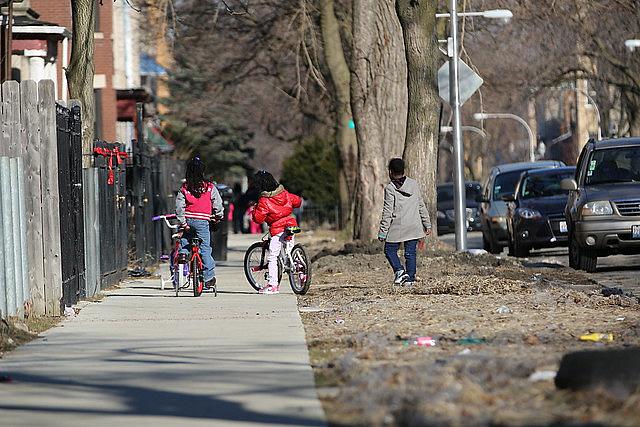How do health disparities fuel cycles of violence among vulnerable young people?
A young man I once mentored, Jerome Jenkins, recently became the first person sent to South Carolina’s death row in about a decade. I met him at our so-called alternative school, where students who get into serious trouble during their high school years are sent, while I was lead columnist for the only daily newspaper in Myrtle Beach, South Carolina. It’s where I met many other young men and women like him, a place where hundreds are still being sent year after year.
J.J. was a black teenager in a class that fluctuated between 10 to 15 primarily black, poor and male students. Some of them had broken laws and gotten arrested. Others had simply been sent to the principal’s office too often. Some of them came from unstable families, some from unstable neighborhoods, some both. One young man had been kicked out of his parents’ home and struggled every night to find a warm place to sleep. The one girl in the class was pregnant, beautiful, passionate and smart — but still often got into physical fights. Another student confided he sold drugs, was scared and tired, and wanted a way out of that dead-end game but was having trouble seeing his way clear. He felt daily pressure to remain on the road he was already traveling. Most of them suffered through poverty, which is no surprise given that about 60 percent of students in Horry County Schools receive free or reduced lunch and lived in a few surrounding communities known for the high volume of 911 calls they generated.
While there’s not much I can do for J.J. now, I want to know what measures are in place to help young men and women like him before they commit such a serious act that they will be forced to spend the rest of their lives behind bars.
The questions I’m most interested in: How often do young people who live in neighborhoods in which gang and drug violence are a near daily occurrence receive psychiatric and other forms of assistance before they get sent to the alternative school, are arrested, or worse? Are those services mostly available after something has gone wrong? If so, why? Are such services plentiful enough in our area? Is the latest research on how toxic stress affects the development of the young brain used as a guidepost for educators and law enforcement officials in our area? Are educators and law enforcement officials trained to spot what might be the effects of toxic stress? If not, why?
For much of my career, I’ve written about criminal justice issues primarily from a law enforcement angle, about the importance of holding police officers accountable for bad acts to ensure there is a strong alliance between police and the community to increase the chances residents of those communities will be and feel safe. For my project for the 2019 National Fellowship, I want to focus more on the health angle. I want to better understand the underlying factors fueling the cycles of violence I’ve been writing about for far too long.
Though J.J. is now on death row, he left behind two small kids. We may not be able to answer the question about why he ended up where he did. But we must try to figure out what’s necessary to make sure they don’t follow in his footsteps.


